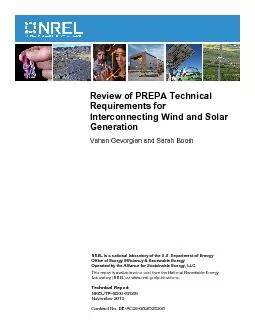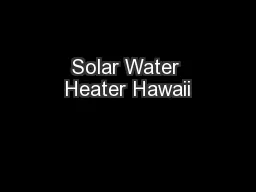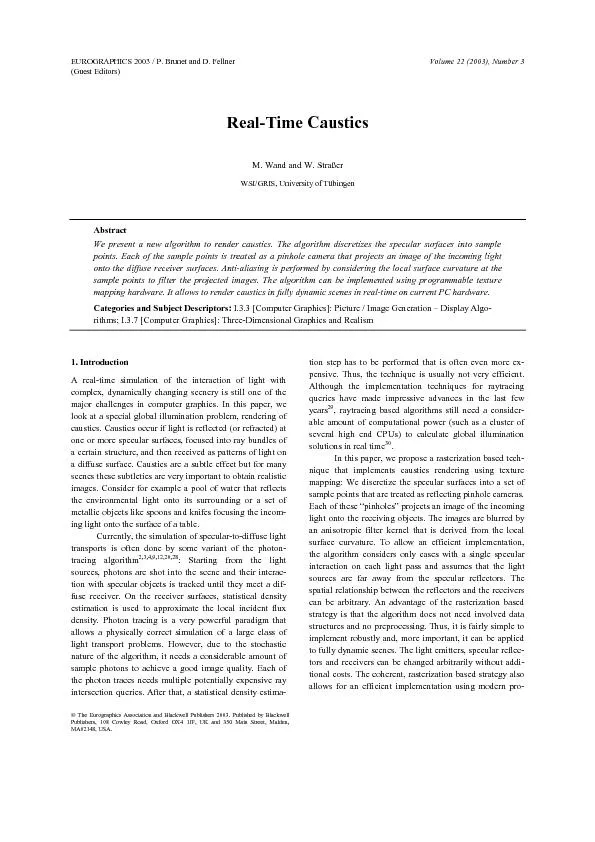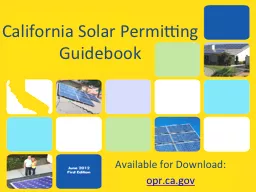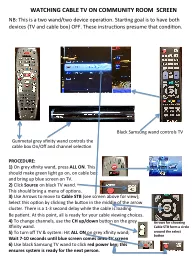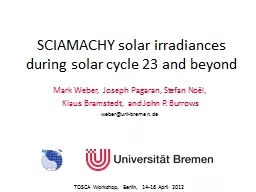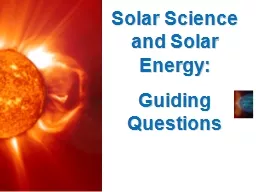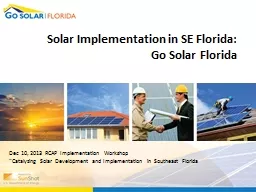PDF-Review of PREPA Technical Requirements for Interconnecting Wand Solar
Author : tatiana-dople | Published Date : 2017-01-18
Vahan Gevorgian and Sarah Booth NREL is a national laboratory of the US Department of Energy Office of Energy Efficiency Renewable Energy Opated by the Alliance
Presentation Embed Code
Download Presentation
Download Presentation The PPT/PDF document "Review of PREPA Technical Requirements f..." is the property of its rightful owner. Permission is granted to download and print the materials on this website for personal, non-commercial use only, and to display it on your personal computer provided you do not modify the materials and that you retain all copyright notices contained in the materials. By downloading content from our website, you accept the terms of this agreement.
Review of PREPA Technical Requirements for Interconnecting Wand Solar: Transcript
Download Rules Of Document
"Review of PREPA Technical Requirements for Interconnecting Wand Solar"The content belongs to its owner. You may download and print it for personal use, without modification, and keep all copyright notices. By downloading, you agree to these terms.
Related Documents

